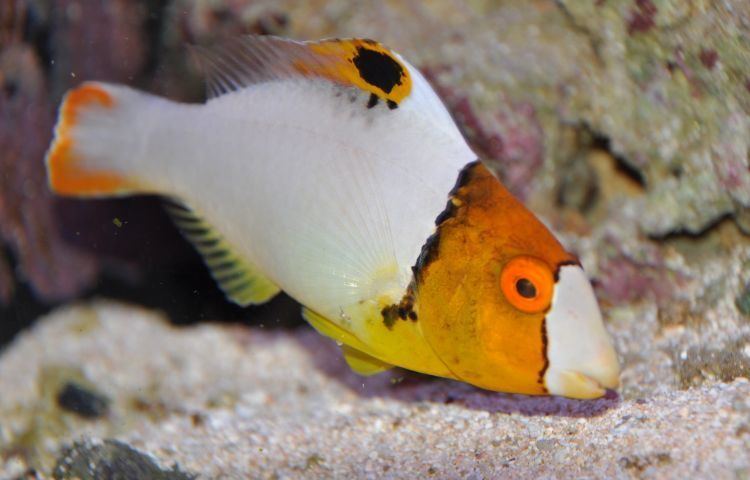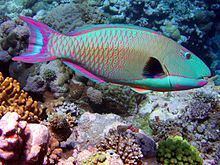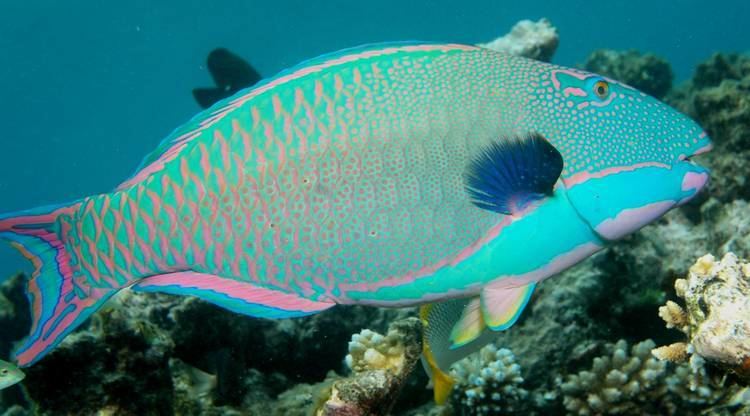Order Perciformes Genus CetoscarusSmith, 1956 Higher classification Cetoscarus | Phylum Chordata Family Scaridae Scientific name Cetoscarus bicolor Rank Species | |
 | ||
Similar Parrotfish, Chlorurus, Scarus, Green humphead parrotfish, Chlorurus sordidus | ||
Cetoscarus bicolor, the bicolour parrotfish, is a species of fish belonging to the family Scaridae. It is found in the Red Sea.
Contents
- Komodo sailing wanilu cetoscarus bicolor
- Distribution and habitat
- Description
- Behaviour
- Etymology
- References

Komodo sailing wanilu cetoscarus bicolor
Distribution and habitat

This species can be found in the Red Sea. The similar species which is widespread in the Indo-Pacific is Cetoscarus ocellatus. The bicolour parrotfish is associated with coral reefs. It usually can be found in lagoons and seaward reefs at depths between 1 and 30 m (3 ft 3 in and 98 ft 5 in). Small juveniles are usually found among dense coral and in algae-rich habitats.
Description

It is among the largest parrotfishes, growing to a length of up to 35 in (35 in). As in many of its relatives, it is a sequential hermaphrodite, starting as female (known as the initial phase) and then changing to male (the terminal phase). The initial phase is dark brown with a large cream patch on the upper part of the body. The terminal phase is very colourful, overall green with pink spotting to the body and edging to the fins. Juveniles are white with a black spot on the dorsal fin and an orange band through the eye.
Behaviour

Male bicolour parrotfish are territorial. During its lifetime, this fish changes sex twice and very large females change sex to become brightly coloured males. This parrotfish mainly feeds on algae.
Etymology

It is monotypic within the genus Cetoscarus, although the scientific name C. bicolor has been suggested to be reserved for the population in the Red Sea, in which case the remaining populations are named C. ocellatus.
